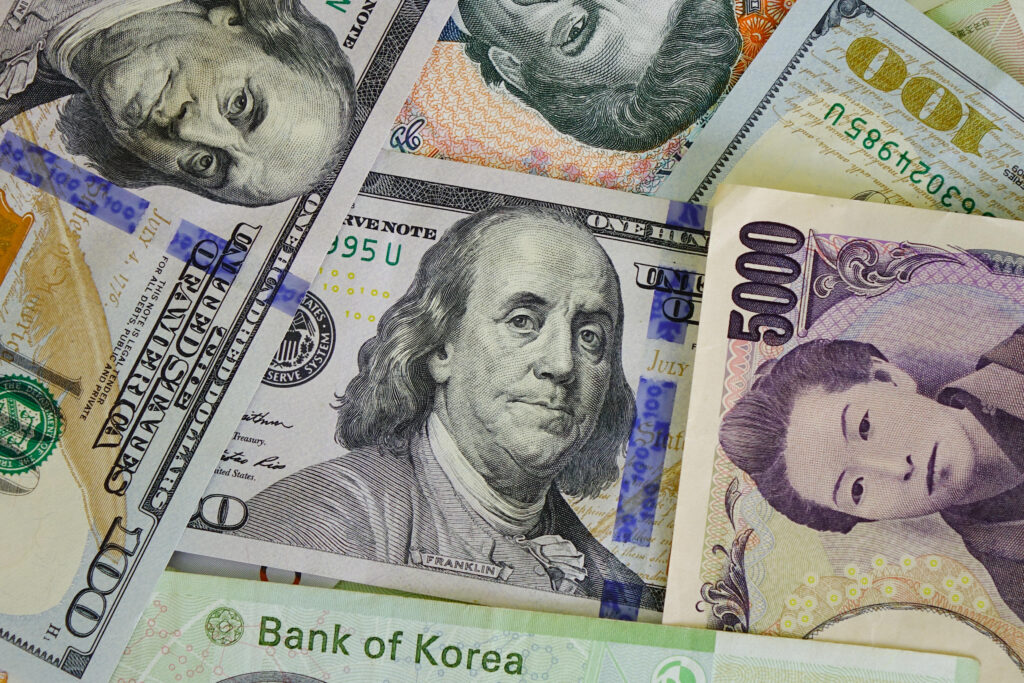
(Source from Reuters/Alamy)As the U.S. dollar’s super strength shook the global financial market, China followed Japan to defend its currency.
The yuan-based exchange rate against the dollar announced by the People’s Bank of China on the 26th rose 0.0378 yuan (0.54%) from the previous trading day to 7.0298 yuan, exceeding 7 yuan for the first time in more than two years.
The People’s Bank of China announced that it would raise its foreign exchange risk reserve ratio from 0% to 20% from the 28th as the official exchange rate exceeded 7 yuan amid the psychological Maginot Line in the offshore and regional exchange markets.
Foreign exchange risk reserves are the amount that Chinese banks have to deposit with the People’s Bank of China without interest for one year when they make forward exchange transactions. In this case, the value of the yuan can be protected because it increases the cost burden of foreign exchange transactions.
The People’s Bank of China explained the background, saying, “It is aimed at stabilizing foreign exchange market expectations and strengthening macro-health management.”

(Source from Reuters/Alamy)China introduced the foreign exchange risk reserve system for the first time on August 31, 2015 to cope with the pressure of the yuan’s weakness, and set the ratio at 20%. Then, on September 8, 2017, when the bearish pressure was resolved, the ratio was lowered to 0%.
Then, on August 6, 2018, when the yuan was feared to weaken, it was raised to 20% again and lowered to 0% on October 12, 2020.
The move is expected to raise the cost of buying dollar futures. It is predicted that it will have a stronger effect than verbal intervention or signals through the authorities’ exchange rate notice.
Earlier, the People’s Bank of China lowered the reserve ratio of foreign currency payments by 2 percentage points from 8% to 6% on the 5th to cope with the weak yuan.
Despite these stabilization measures, the yuan soared to the late 7.1 yuan range in the offshore market, showing an unstable trend.
Market watchers predict that cards such as further cuts in the reserve ratio for foreign currency payments and reintroduction of economic response adjustment factors when determining the benchmark exchange rate are likely to emerge soon.
As the value of the yen fell to its lowest level in more than 24 years on the 22nd, the Japanese government and the Bank of Japan also intervened in the “yen purchase-dollar sale” market for the first time in more than 24 years.
However, some predict that it will be difficult to fill the gap between the U.S. and Japan as Japan has decided to maintain a large-scale monetary easing policy that maintains short-term interest rates at -0.1% and long-term interest rate at around 0%.
TED PARK
ASIA JOURNAL



